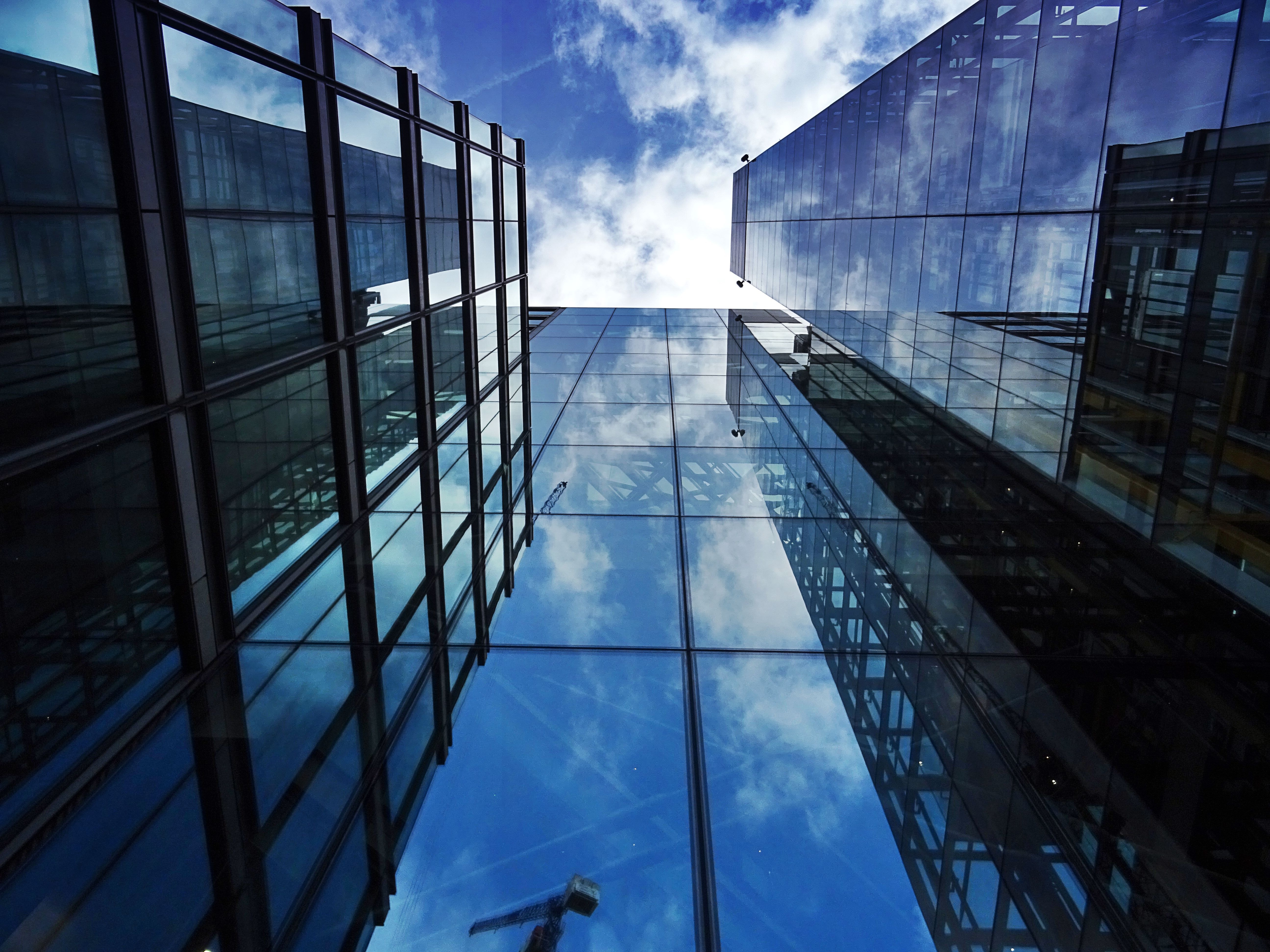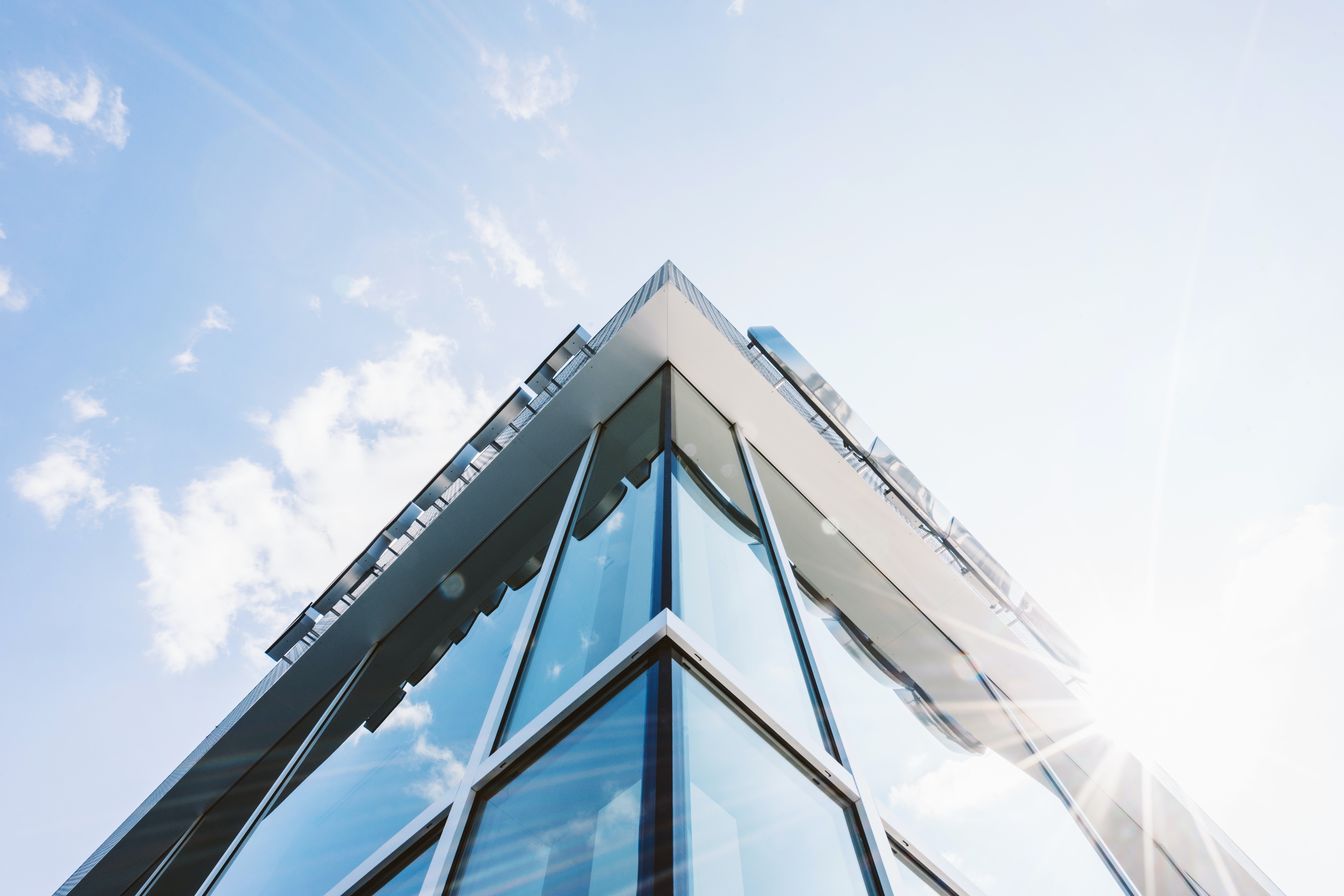ACP CLADDING
Our company brings forth an exclusive range of cladding materials renowned for their enduring resilience and aesthetic appeal. Step into the future of exterior design with materials that redefine sophistication—Aluminium Composite Panels (ACP Cladding), High-Pressure Laminates (HPL), COR-TEN Steel Cladding, and Expandable Mesh Cladding. Choose from ACP sheet thicknesses of 3mm and 4mm, each meticulously applied over precision-engineered aluminium frameworks. Crafted for longevity and visual allure, our cladding solutions offer an extensive palette of shades to suit diverse preferences. Our ACP cladding offerings encompass an array of shades, allowing you to curate an exterior that is enduring and visually captivating.
ACP stands as a cutting-edge material, contributing to the contemporary landscape of architectural design. The use of ACP cladding in Kochi construction projects brings numerous benefits. Its exceptional weather resistance helps protect buildings from harsh climatic conditions, such as heavy rains and extreme temperatures. Additionally, ACP cladding is low maintenance, allowing for long-lasting aesthetics and cost savings. What sets ACP cladding apart is its versatility. It seamlessly integrates into diverse design schemes, offering the flexibility to be folded into any desired configuration. Moreover, ACP cladding is not merely about aesthetics; it's about performance. In each project, we strive for excellence, transforming spaces into visual masterpieces. Choose ACP cladding with us, and redefine the narrative of your exteriors with a perfect blend of resilience, innovation, and timeless elegance.
Benefits of Cladding

.jpg)
STRUCTURAL GLAZING
The utilization of structural glass in architectural design yields multifaceted advantages, with the paramount one being the enhancement of natural light within both residential and professional domains. Throughout the annals of our evolution, humans have hinged upon daylight to regulate and enrich our biorhythm. Structural glazing stands out as a highly cost-effective and contemporary solution for constructing glass facades. In this system, glass is structurally bonded to the outside surface of the aluminum frame using silicone sealant, resulting in a sleek and seamless external finish. Unlike conventional methods, structural glazing eliminates the need for continuously gasketed aluminum, allowing for expansive glass installations with minimal obstruction.
The advantages of incorporating structural glass in a building are multifaceted, with the most compelling being the enhanced infusion of natural light into both domestic and professional spaces. The impact of spending time in well-lit environments on sleep quality, productivity, and overall well-being is undeniable. This method not only serves as a functional architectural choice but also contributes to the overall comfort and positivity within a built environment.

.jpg)
CURTAIN WALL GLAZING
Curtain wall glazing represents an advanced architectural approach seamlessly incorporating glass panels into a building's facade to enhance both its aesthetic appeal and structural robustness. Widely utilized in tall structures, this method allows for flexible design possibilities, leveraging diverse glass types, framing materials, and configurations to achieve visually compelling exteriors. Beyond its visual impact, curtain wall glazing contributes to energy efficiency by incorporating features such as double-glazed or Low-e glass panels.
The installation process entails precise attachment to the building structure using either aluminum or steel framing, complemented by specialized seals and weather-resistant materials to ensure resilience against environmental elements. This versatile technique is applied across various building types, including commercial, residential, and institutional structures, embodying a seamless blend of architectural innovation and functional excellence.
.jpg)

SPIDER GLAZING
The advancement of science and technology has fueled the widespread adoption of curtain walls and frameless glass systems, making them prominent in various applications. Spider glazing, an integral part of frameless glass systems, stands out for its flush external appearance, offering uninterrupted views. This versatile and contemporary design medium allows for expansive glass designs, frameless entrances, and canopies, with the added convenience of incorporating doors and windows into the spider glass area. Tempered or heat-soaked glass, typically 12mm thick, is employed in spider glazing systems to ensure the performance of a safety glass facade. Engineered to withstand wind pressure, spider glazing provides flexibility with 2-way or 4-way SS spiders fitting options, and fin glass support can be utilized for added wind resistance.
The use of silicone sealants and gaskets ensures watertight glass frames. Spider glazing not only facilitates the full penetration of natural light into interiors but also offers options to prevent the absorption of UV light. Renowned for its ease of installation and maintenance, spider glazing is a premium choice in glass facade cladding systems and glass partition systems. These systems, utilizing toughened or laminated glass, employ spider fittings and brackets made of 316-grade stainless steel, ensuring durability against wind loads. Ideal for applications such as car showrooms and premium product display areas in shopping malls, they provide larger displays without frames and complete interior visibility, adding to their appeal in showcasing premium products.

.jpeg)

